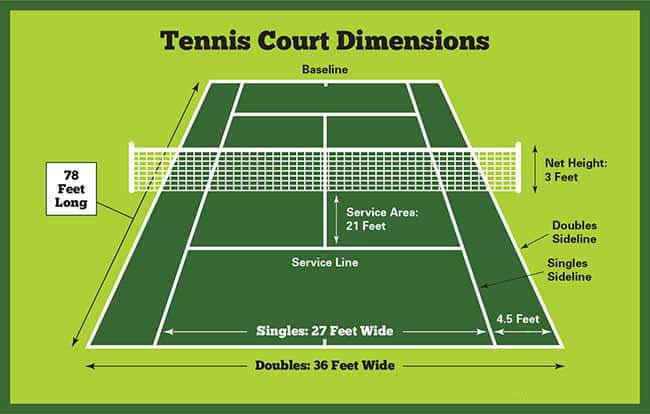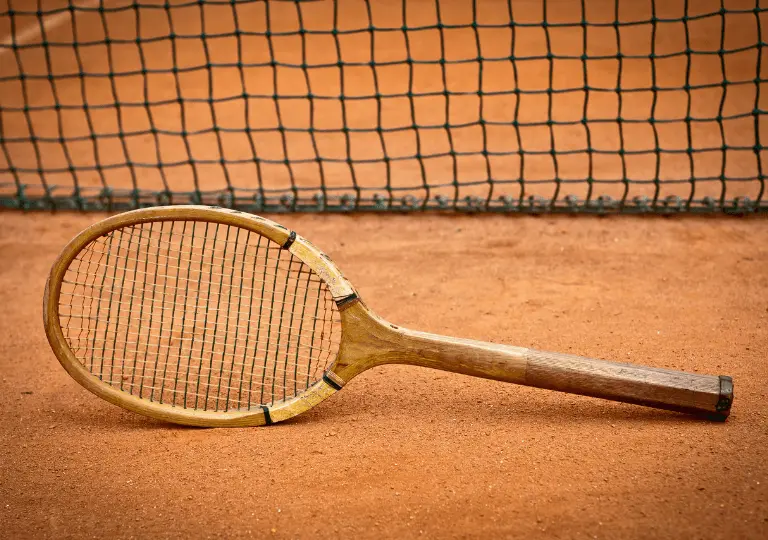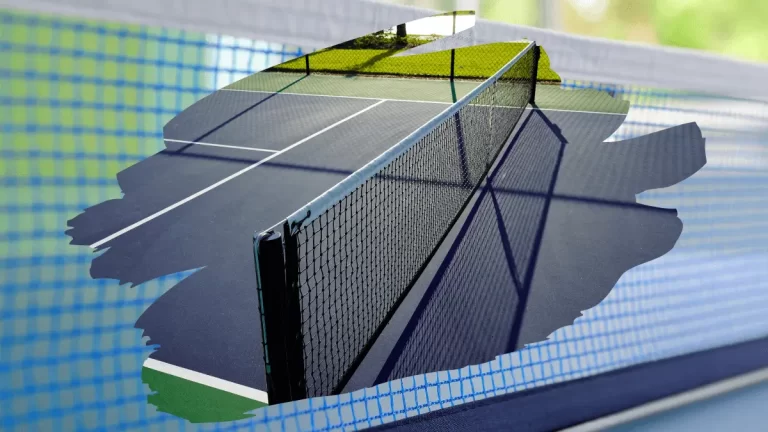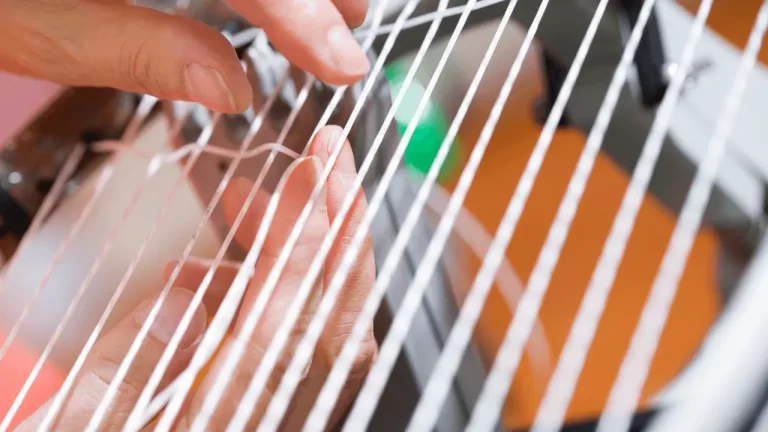What is Deuce In Tennis? Deuce Scoring Explained 2025
The term “deuce” in tennis holds significant importance as it represents a crucial scoring situation that can have a major impact on the outcome of a match.
A “deuce” happens in tennis when both players or teams are tied at 40-40. It is an important tennis rule in a game that requires one side to win two consecutive points to secure the game.

Understanding the meaning origin, and everything related to deuce in tennis is not only essential for any tennis player but for tennis fans as well to figure out the game in a better way.
Meaning And Origin Of Deuce
In tennis, the term “deuce” is used to describe a specific scoring situation in a game. When the score between both players or teams is tied at 40-40, it is referred to as “deuce.” The term “deuce” is likely to have originated from the French word “deux,” which means “two.”
This shows the essence of the scoring situation where either player or team needs two consecutive points to win the game. The deuce situation adds an element of suspense and tension to the game.
Such suspenseful situations often lead to key moments that can sway the momentum of the game in favor of one player or team.
What Happens at Deuce
When a game reaches a score of 40-40, the next point won by a player or team will give them the advantage. When the advantage is gained by a player or team, they must win two consecutive points from the deuce to secure or win the game.
If the serving player or team wins the next point after reaching the deuce, they gain the advantage and can win the game on the following point. If the receiving player or team wins the next point, the score returns to deuce, and the competition continues until one player or team wins two consecutive points, securing the game.
When there is a deuce, it makes the situation in the game more dimensionally strategic. This requires players to think about their selection of their shot and their playing style rather carefully.
The server wants to keep their serve and win the game, while the receiver intends to break the serve and gain the advantage. The high-stakes nature of the deuce situation repeatedly results in extended game durations and shows how mentally tough and resilient the players are.
Evolution of No-Ad Scoring Rule
In the past few years, tennis has seen a change or shift in its scoring system, especially in certain professional and recreational matches. They have introduced a “no-ad” scoring rule to make things more efficient.

This rule is meant to simplify matches and add a touch of unpredictability by making the game proceed faster.
It can be said that it is a purposeful effort to keep the pace of the game lively. By introducing some unexpected twists to the traditional scoring system of professional and recreational settings, tennis has become even more interesting.
Under the no-ad scoring rule, when the game is tied at deuce (40-40), the next point decides the winner of the game. There are no longer multiple deuce points or the need to win by two clear points as in traditional scoring.
Also Read: Break Point in Tennis
This rule directs to quicker game solutions and intensifies the pressure on both the server and receiver, as a single point can determine the outcome of the game at any time.
Number of Deuces Allowed In A Match
In tennis, there’s no stopping the number of times the score can be tied at deuce in a match. The game keeps going in deuce until one player manages to win two points in a row.
However, in professional tennis, where matches can go on for many hours, having lots of deuce can really wear out and exhaust the players.
It’s not just about hitting the ball, it is also about staying physically and mentally strong.
The more deuces there are, the more it can affect who wins and how long the whole tennis match lasts. So, it is certainly a big deal in professional games.
Players With The Most Deuces In Tennis
Here are some of the famous tennis players with the most deuces:
Top 5 male tennis players with the most deuces:
| Players | Deuces |
| Novak Djokovic | 10,057 |
| Rafael Nadal | 9,183 |
| Andy Murray | 6,966 |
| Roger Federer | 6,589 |
| Stan Wawrinka | 5,175 |
Top 5 female tennis players with the most deuces:
| Players | Deuces |
| Serena Williams | 5,791 |
| Simona Halep | 4,259 |
| Victoria Azarenka | 4,182 |
| Petra Kvitova | 3,876 |
| Angelique Kerber | 3,684 |
Conclusion
In tennis, “deuce” isn’t just about the score; it brings in a mix of strategy, mental toughness, and surprises for players and the inspectors. Whether talking about the usual scoring or the new no-ad rules, getting into a deuce is a big moment in any match. It requires players to be skillful, tough, and super-focused.
How deuce has been important throughout tennis history makes the game more interesting. It adds layers to understanding tennis, showing players of all levels challenges. So, deuce certainly is an important element that makes tennis a really cool and demanding sport.
FAQs
What is a deuce in tennis?
In tennis, “deuce” happens when both players are tied at 40-40. It’s a big moment, and to win, someone has to get two points in a row.
How to win a deuce in tennis?
To win in tennis when it’s a deuce, you have to get two points in a row. The first point after the tie is called “advantage.” If you get that and then score again, you win. But if the other side scores, it goes back to deuce, and this keeps happening until someone gets two points in a row to win the game.
What is a no-ad rule in tennis?
In tennis, the “no-ad” rule makes matches quicker. When the score gets to a deuce, the next point decides who wins that game. There is no need for two more points. This rule speeds up the game and adds a bit of surprise, especially in pro and casual matches.





